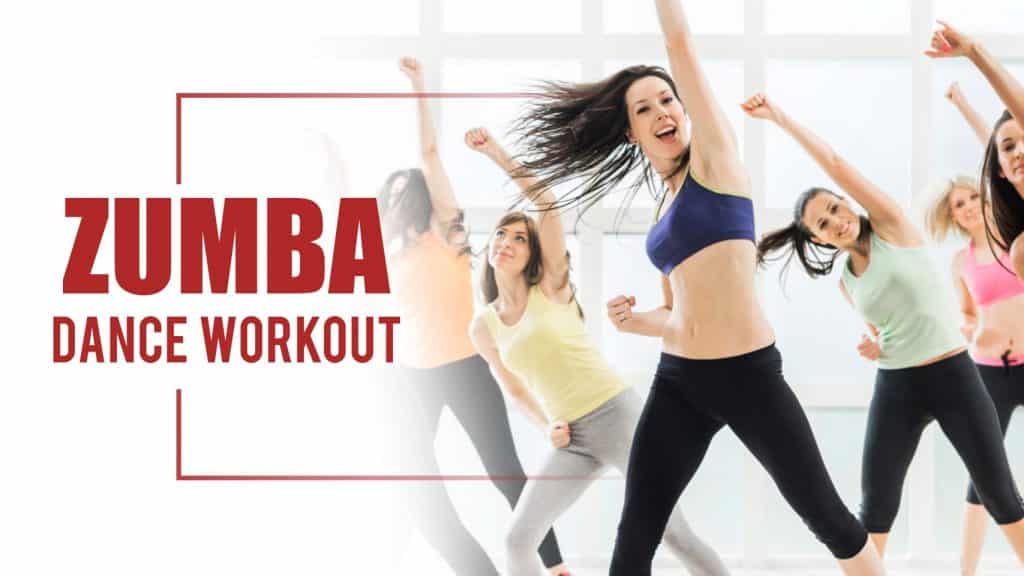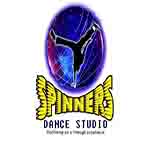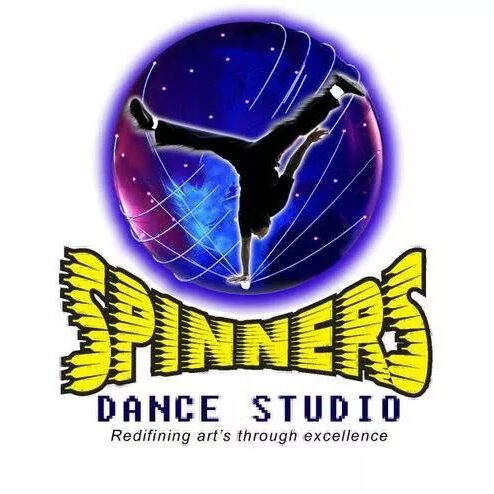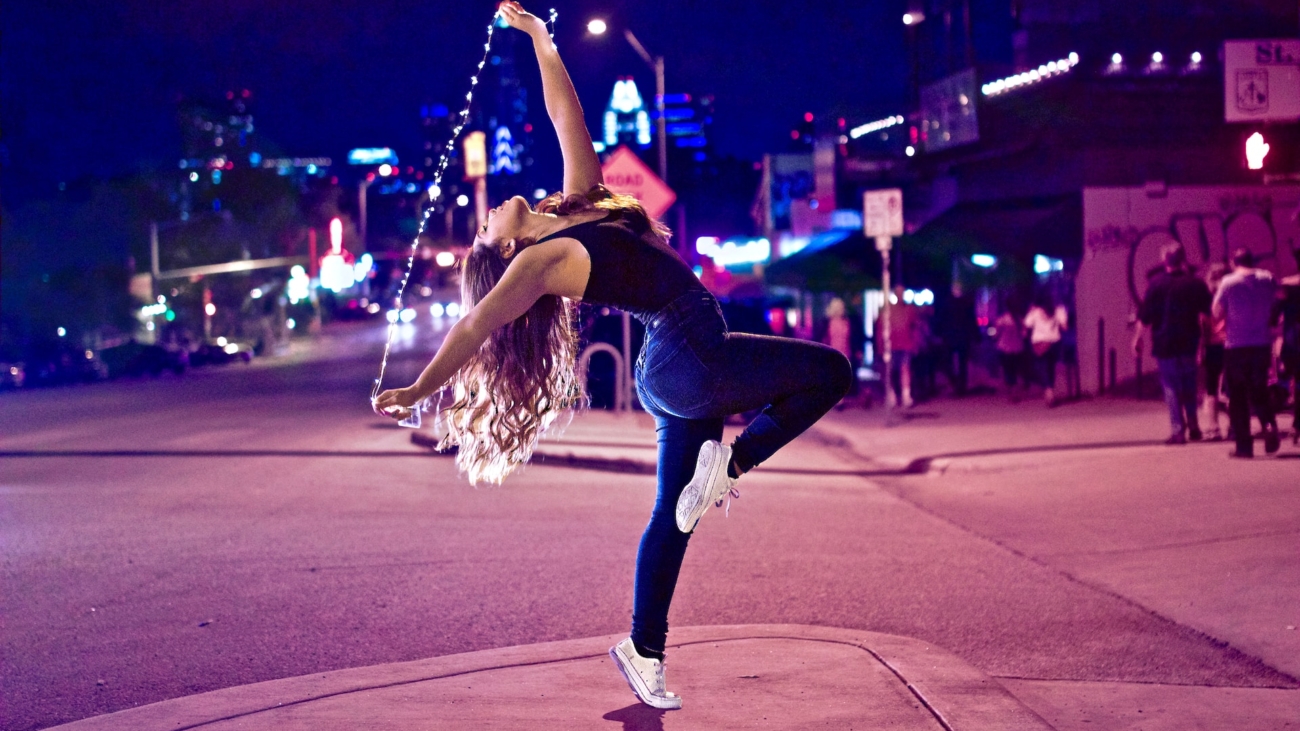Add Your Heading Text Here

Zumba Dance In Bengaluru
The Joyful World of Zumba:
Dance Your Way to Fitness and Happiness!
Introduction : Zumba, the energetic and exhilarating dance fitness phenomenon, has taken the world by storm. Combining Latin-inspired dance moves with infectious music beats, Zumba offers a fun and effective workout that not only boosts physical fitness but also uplifts the spirit. In this article, we will delve into the wonderful world of Zumba, exploring its origins, benefits, and how it has become a global fitness sensation. Get ready to shake, shimmy, and groove as we uncover the secrets behind Zumba’s success
-
The Origins of Zumba : Zumba was born in the 1990s, created by Alberto “Beto” Perez, a Colombian dancer and choreographer. The story goes that Beto forgot his traditional aerobics music for a fitness class he was about to teach. Thinking on his feet, he improvised with Latin dance music from his personal collection, leading to the birth of Zumba. The fusion of dance styles like salsa, merengue, cumbia, and reggaeton, along with aerobic movements, quickly gained popularity. Zumba became a hit in Colombia before spreading across borders and captivating fitness enthusiasts worldwide.
-
Dance, Sweat, and Smile: The Benefits of Zumba : Zumba is not just an ordinary workout; it’s a dance party that engages the body and mind. The benefits of Zumba go beyond physical fitness. First and foremost, Zumba is a fantastic cardio workout that burns calories and improves cardiovascular health. The high-energy dance routines get your heart pumping and increase endurance.
-
Zumba: A Workout for Everyone : One of the remarkable aspects of Zumba is its inclusivity. It is a fitness activity that can be enjoyed by people of all ages and fitness levels. Zumba classes typically offer modifications for different intensity levels, allowing beginners and experienced dancers to participate together. Whether you’re a seasoned dancer or someone who has never set foot on a dance floor, Zumba welcomes you with open arms.
-
Zumba Beyond the Studio: A Global Phenomenon : What started as a dance fitness program has evolved into a worldwide phenomenon. Zumba has transcended the confines of fitness studios and spread its vibrant energy to various settings. From community centers to outdoor parks, Zumba classes are held in diverse locations, making it accessible to a wide range of individuals.
Moreover, Zumba is an excellent stress reliever. As you lose yourself in the rhythm and move to the beats, you release endorphins, the feel-good hormones that reduce stress and boost your mood. Zumba sessions often create a sense of community and camaraderie among participants, fostering social connections and enhancing overall well-being.
In addition to its cardiovascular benefits, Zumba also improves coordination, balance, and flexibility. The dance movements target various muscle groups, sculpting and toning your body. Whether it’s your abs, glutes, or arms, Zumba helps you achieve a full-body workout while having a blast.
Zumba also offers specialized programs tailored to specific demographics. For example, Zumba Gold is designed for active older adults, offering a modified version with lower impact moves. Zumba Kids and Zumba Kids Jr. cater to children, introducing them to the joys of dance and fitness in a playful manner.
No matter your age, fitness level, or dance experience, Zumba provides an inclusive and non-judgmental environment where you can let loose, express yourself, and reap the rewards of a fun-filled workout.
Zumba has also expanded its horizons beyond the traditional dance fitness format. Zumba instructors often organize charity events, flash mobs, and Zumbathons, using the power of dance to support causes and create social impact. These events bring people together, uniting them in the universal language of music and movement.
The digital age has further amplified Zumba’s reach. Online platforms and apps offer virtual Zumba classes, allowing enthusiasts to join in from the comfort of their homes. This accessibility has made Zumba a global sensation, connecting people worldwide and creating a vibrant online Zumba community.
Conclusion : Zumba is not just a workout; it’s an exhilarating dance experience that celebrates movement, music, and community. With its origins rooted in Latin dance styles, Zumba has become a global phenomenon, inspiring millions to embrace fitness with joy and enthusiasm. The benefits of Zumba extend far beyond physical fitness, encompassing mental well-being, social connections, and self-expression. Regardless of age, skill level, or location, Zumba offers a welcoming and inclusive environment for everyone to dance, sweat, and smile. So, put on your dancing shoes, join the Zumba revolution, and let the rhythm guide you on a journey to a healthier, happier you!




